(1913-1985) Wife, Mother, Mystic, and Founder of The Flame of Love Movement
Elizabeth Szántò was a Hungarian mystic born in Budapest in 1913, who lived a life of poverty and hardship. She was the eldest child and the only one alongside her six twin-pairs of siblings to survive into adulthood. At age five, her father died, and at ten, Elizabeth was sent to Willisau, Switzerland to live with a well-to-do family. She returned to Budapest temporarily at age eleven to be with and care for her mom who was seriously ill and confined to bed. A month later, Elizabeth was scheduled to board a train from Austria at 10:00 a.m. in order to return to the Swiss family who decided to adopt her. She was alone and mistakenly arrived at the station at 10 p.m. A young couple took her back to Budapest where she spent the remainder of her life until she died in 1985.
Living as an orphan on the verge of starvation, Elizabeth worked hard to survive. Twice, she tried to enter religious congregations but was rejected. A turning point came in August, 1929, when she was accepted into the parish choir and there met Karoly Kindlemann, a chimney-sweeper instructor. They married on May 25, 1930, when she was sixteen and he was thirty. Together, they had six children, and after sixteen years of marriage, her husband died.
For many years to follow, Elizabeth struggled to care for herself and her family. In 1948, the Communist Nationalization of Hungary was a harsh master, and she was fired from her first job for having a statue of the Blessed Mother in her home. Always a diligent worker, Elizabeth never had good fortune in her long string of short-lived jobs, as she struggled to feed her family. Eventually, all of her children married, and in time, moved back in with her, bringing their children with them.
Elizabeth’s profound prayer life led her to become a lay Carmelite, and in 1958 at age forty-five, she entered a three-year-period of spiritual darkness. Around that time, she also began to have intimate conversations with the Lord through inner locutions, followed by conversations with the Virgin Mary and her guardian angel. On July 13, 1960, Elizabeth started a diary at the Lord’s request. Two years into this process, she wrote:
Prior to receiving messages from Jesus and the Virgin Mary, I received the following inspiration: ‘You must be selfless, for we will entrust you with a great mission, and you will be up to the task. However, this is only possible if you remain totally selfless, renouncing yourself. That mission can be bestowed upon you only if you also want it out of your free will.
Elizabeth’s answer was “Yes,” and through her, Jesus and Mary began a Church movement under a new name given to that immense and eternal love that Mary has for all her children: “The Flame of Love.”
 Through what became The Spiritual Diary, Jesus and Mary taught Elizabeth, and they continue to instruct the faithful in the divine art of suffering for the salvation of souls. Tasks are assigned for each day of the week, which involve prayer, fasting, and night vigils, with beautiful promises attached to them, laced with special graces for priests and the souls in purgatory. In their messages, Jesus and Mary say that The Flame of Love of the Immaculate Heart of Mary is the greatest grace given to mankind since the Incarnation. And in the not-so-distant future, her flame will engulf the entire world.
Through what became The Spiritual Diary, Jesus and Mary taught Elizabeth, and they continue to instruct the faithful in the divine art of suffering for the salvation of souls. Tasks are assigned for each day of the week, which involve prayer, fasting, and night vigils, with beautiful promises attached to them, laced with special graces for priests and the souls in purgatory. In their messages, Jesus and Mary say that The Flame of Love of the Immaculate Heart of Mary is the greatest grace given to mankind since the Incarnation. And in the not-so-distant future, her flame will engulf the entire world.
Cardinal Péter Erdő of Esztergom-Budapest, Primate of Hungary, established a commission to study The Spiritual Diary and the various recognitions that local bishops around the world had given to The Flame of Love movement, as a private association of the faithful. In 2009, the cardinal not only gave the Imprimatur to The Spiritual Diary, but recognized Elizabeth’s mystical locutions and writings as authentic, a “gift to the Church.” In addition, he gave his episcopal approval of the Flame of Love movement, which has formally operated within the Church for over twenty years. Currently, the movement is seeking further approbation as a Public Association of the Faithful. On June 19, 2013, Pope Francis gave it his Apostolic Blessing.
Taken from the best-selling book, The Warning: Testimonies and Prophecies of the Illumination of Conscience.

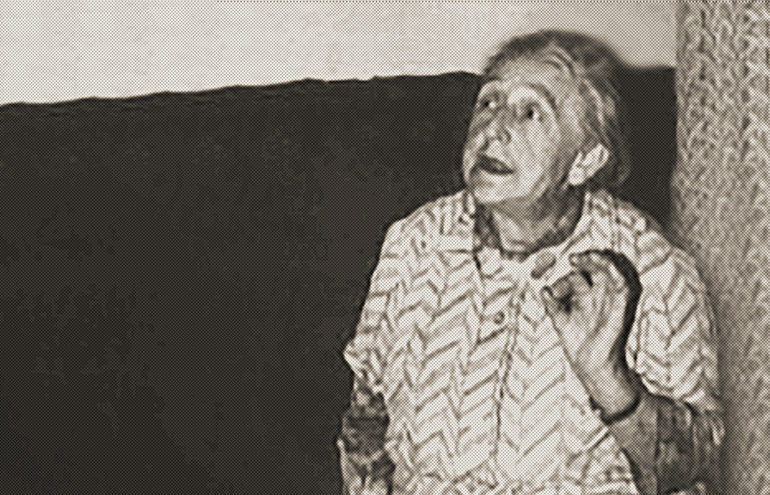
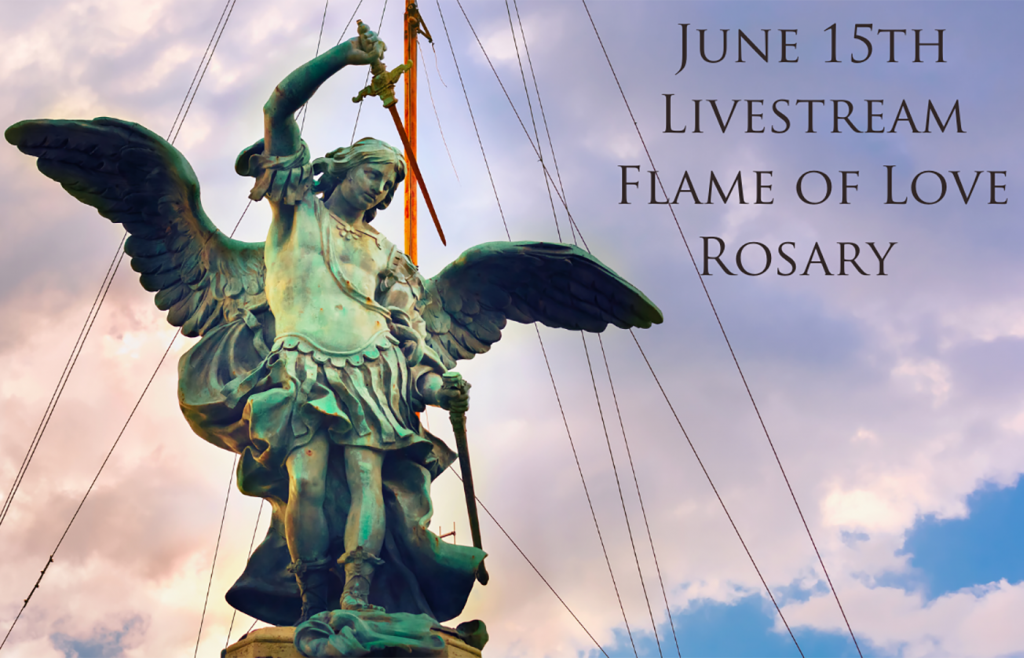



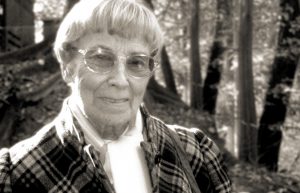 Alicja Lenczewska
Alicja Lenczewska

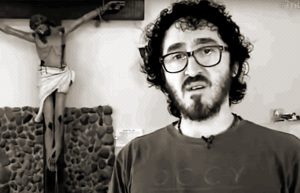
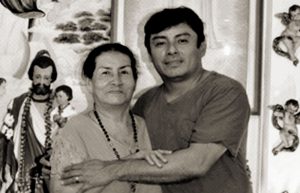
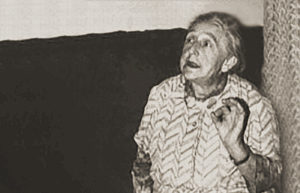 Elizabeth Kindelmann
Elizabeth Kindelmann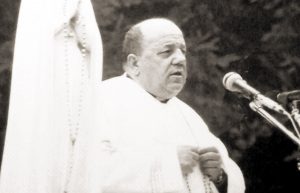 Father Stefano Gobbi
Father Stefano Gobbi Why Gisella Cardia?
Why Gisella Cardia?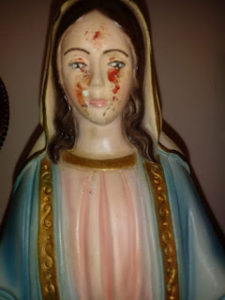 Thirdly, the messages have frequently been accompanied by visible phenomena, photographic evidence found in In Cammino con Maria, which cannot be the fruit of subjective imagination, notably the presence of the stigmata on Giselle’s body and and the appearance of crosses or religious texts in blood on Gisella’s arms. See the pictures taken from her apparition website
Thirdly, the messages have frequently been accompanied by visible phenomena, photographic evidence found in In Cammino con Maria, which cannot be the fruit of subjective imagination, notably the presence of the stigmata on Giselle’s body and and the appearance of crosses or religious texts in blood on Gisella’s arms. See the pictures taken from her apparition website 
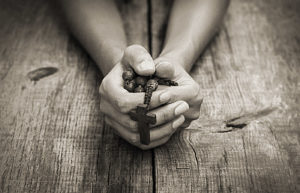 Jennifer
Jennifer
 Why Manuela Strack?
Why Manuela Strack?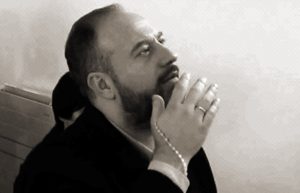
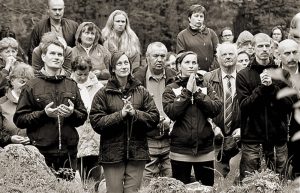
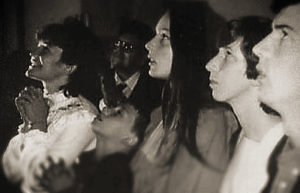 Why the Visionaries of Our Lady of Medjugorje?
Why the Visionaries of Our Lady of Medjugorje? Why Pedro Regis?
Why Pedro Regis?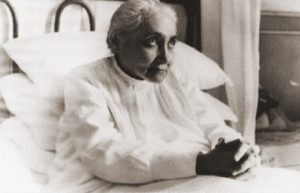 Why the Servant of God Luisa Piccarreta?
Why the Servant of God Luisa Piccarreta?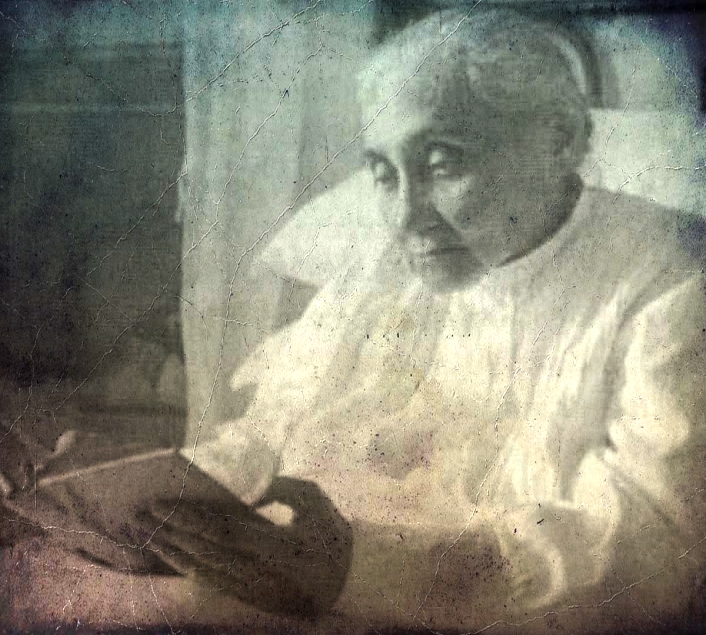 of the saints. It wasn’t until she became a “Daughter of Mary” that the nightmares finally ceased at the age of eleven. In the following year, Jesus began to speak interiorly to her especially after receiving Holy Communion. When she was thirteen, He appeared to her in a vision that she witnessed from the balcony of her home. There, in the street below, she saw a crowd and armed soldiers leading three prisoners; she recognized Jesus as one of them. When He arrived beneath her balcony, He raised his head and cried out: “Soul, help Me!” Deeply moved, Luisa offered herself from that day on as a victim soul in expiation for the sins of mankind.
of the saints. It wasn’t until she became a “Daughter of Mary” that the nightmares finally ceased at the age of eleven. In the following year, Jesus began to speak interiorly to her especially after receiving Holy Communion. When she was thirteen, He appeared to her in a vision that she witnessed from the balcony of her home. There, in the street below, she saw a crowd and armed soldiers leading three prisoners; she recognized Jesus as one of them. When He arrived beneath her balcony, He raised his head and cried out: “Soul, help Me!” Deeply moved, Luisa offered herself from that day on as a victim soul in expiation for the sins of mankind.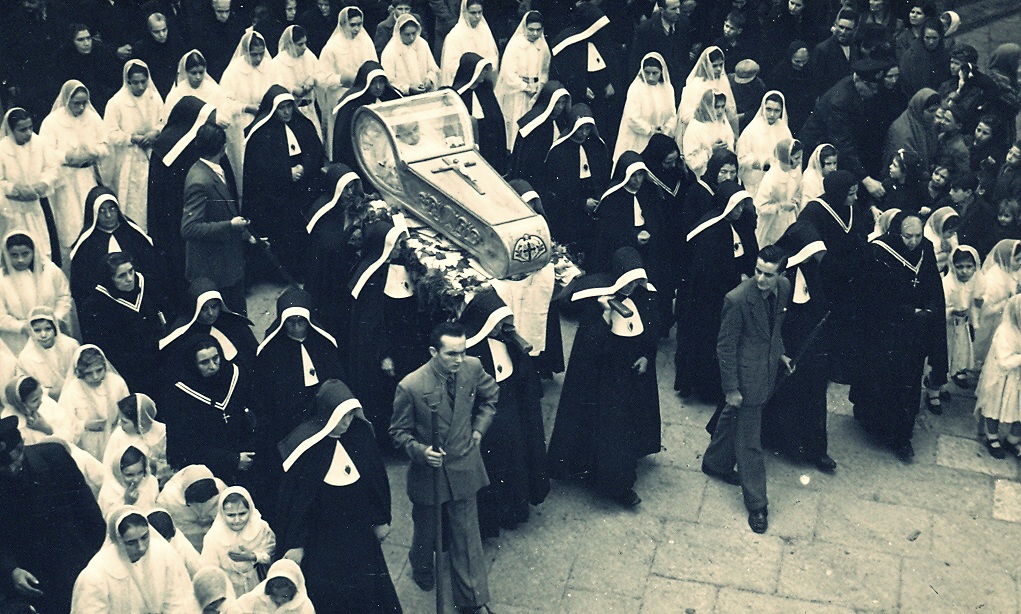 immobile, rigid-like state that appeared almost as if she were dead. It was only when a priest made the sign of the Cross over her body that Luisa regained her faculties. This remarkable mystical state persisted until her death in 1947—followed by a funeral that was no little affair. During that period in her life, she suffered no physical illness (until she succumbed to pneumonia at the end) and she never experienced bedsores, despite being confined to her little bed for sixty-four years.
immobile, rigid-like state that appeared almost as if she were dead. It was only when a priest made the sign of the Cross over her body that Luisa regained her faculties. This remarkable mystical state persisted until her death in 1947—followed by a funeral that was no little affair. During that period in her life, she suffered no physical illness (until she succumbed to pneumonia at the end) and she never experienced bedsores, despite being confined to her little bed for sixty-four years. Why Simona and Angela?
Why Simona and Angela?
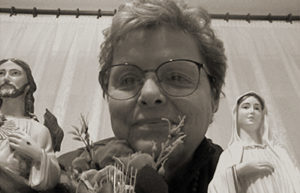 Valeria Copponi
Valeria Copponi